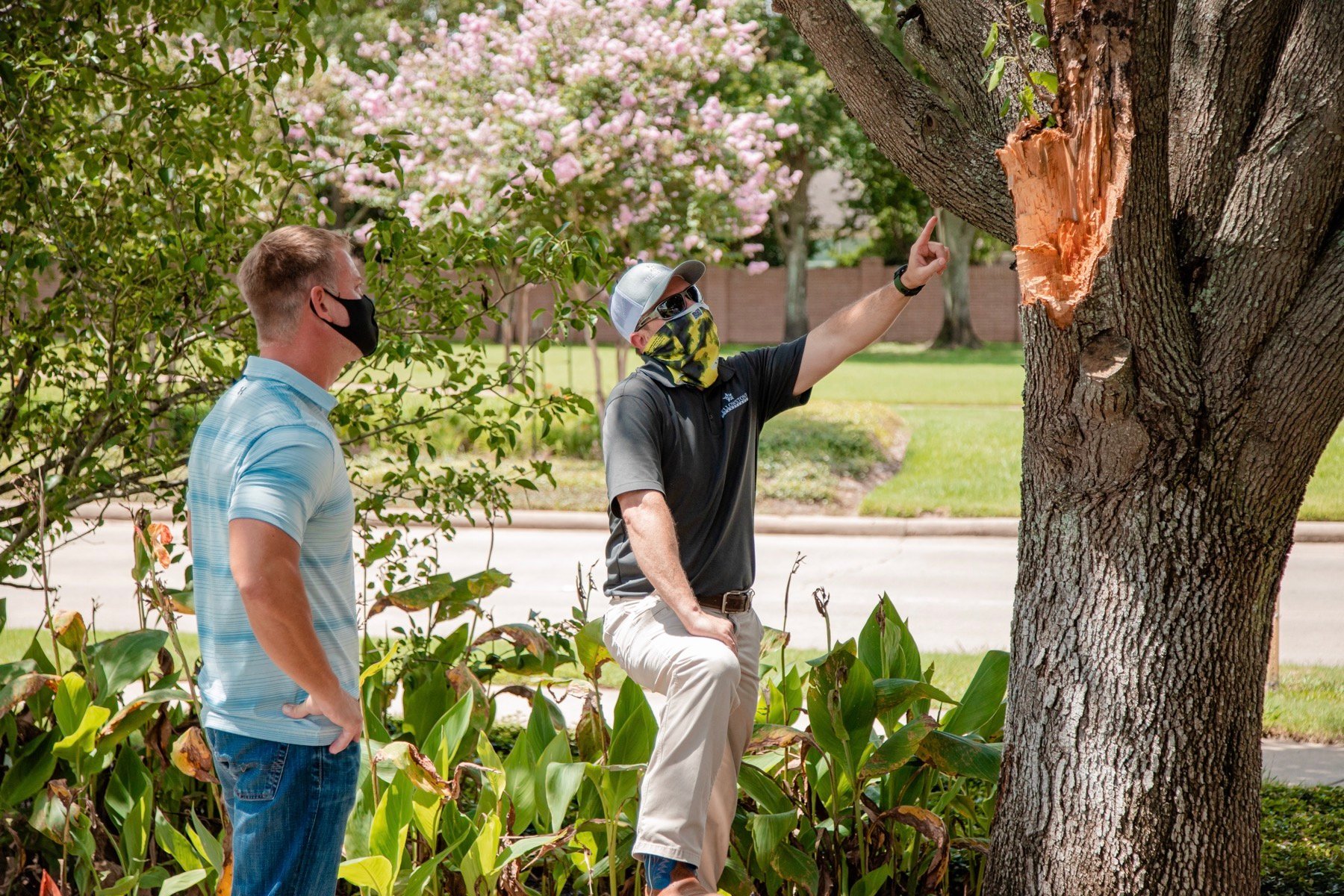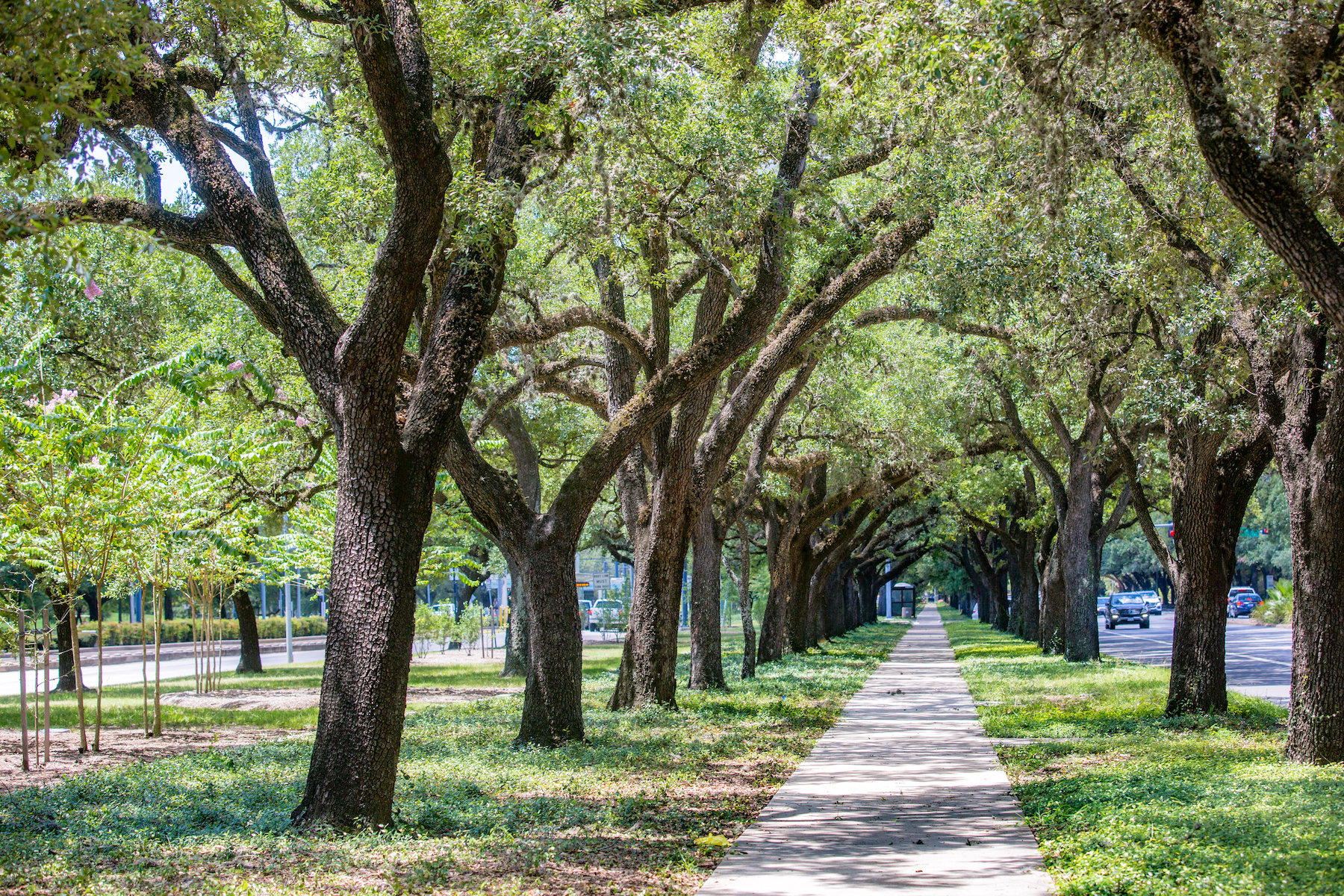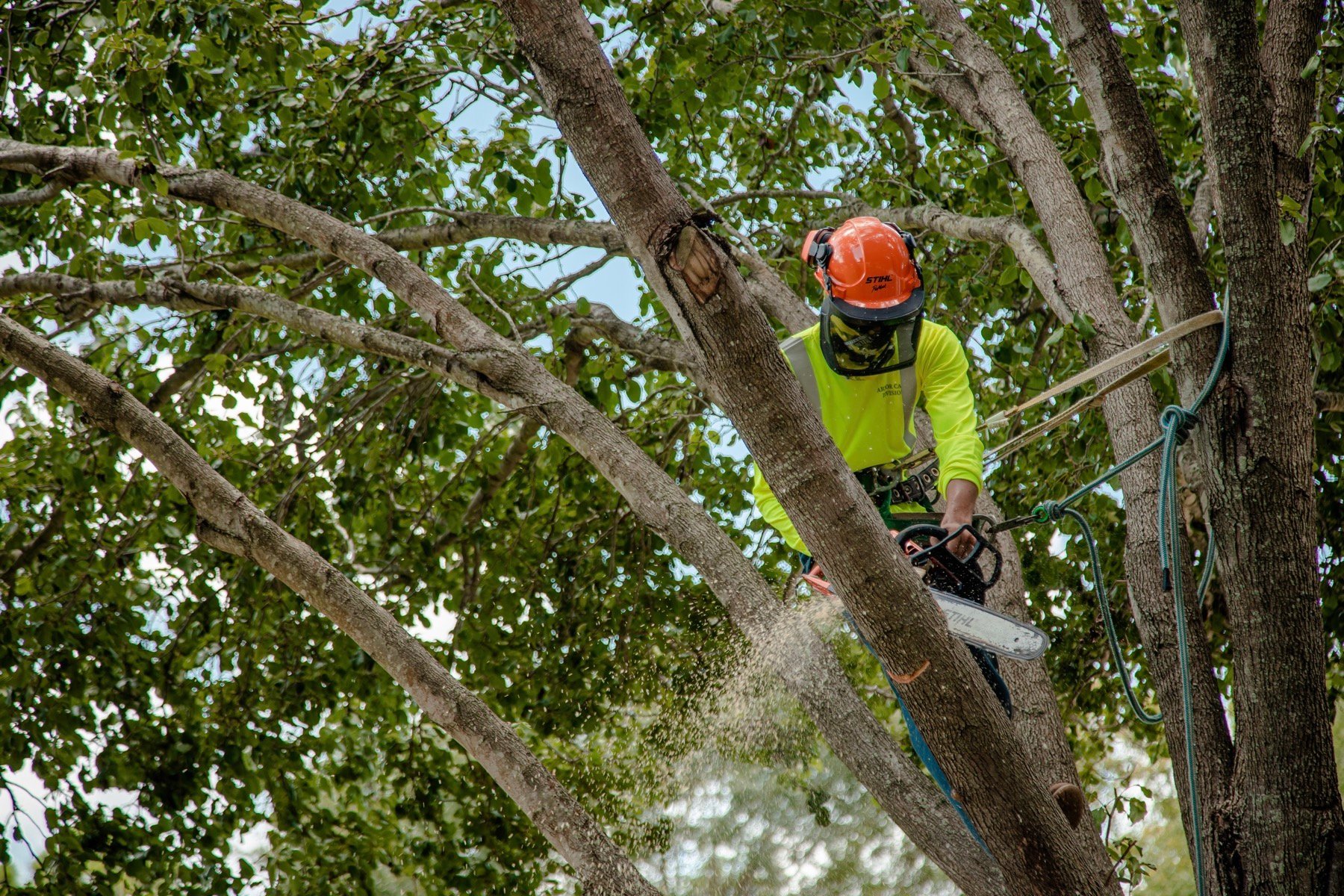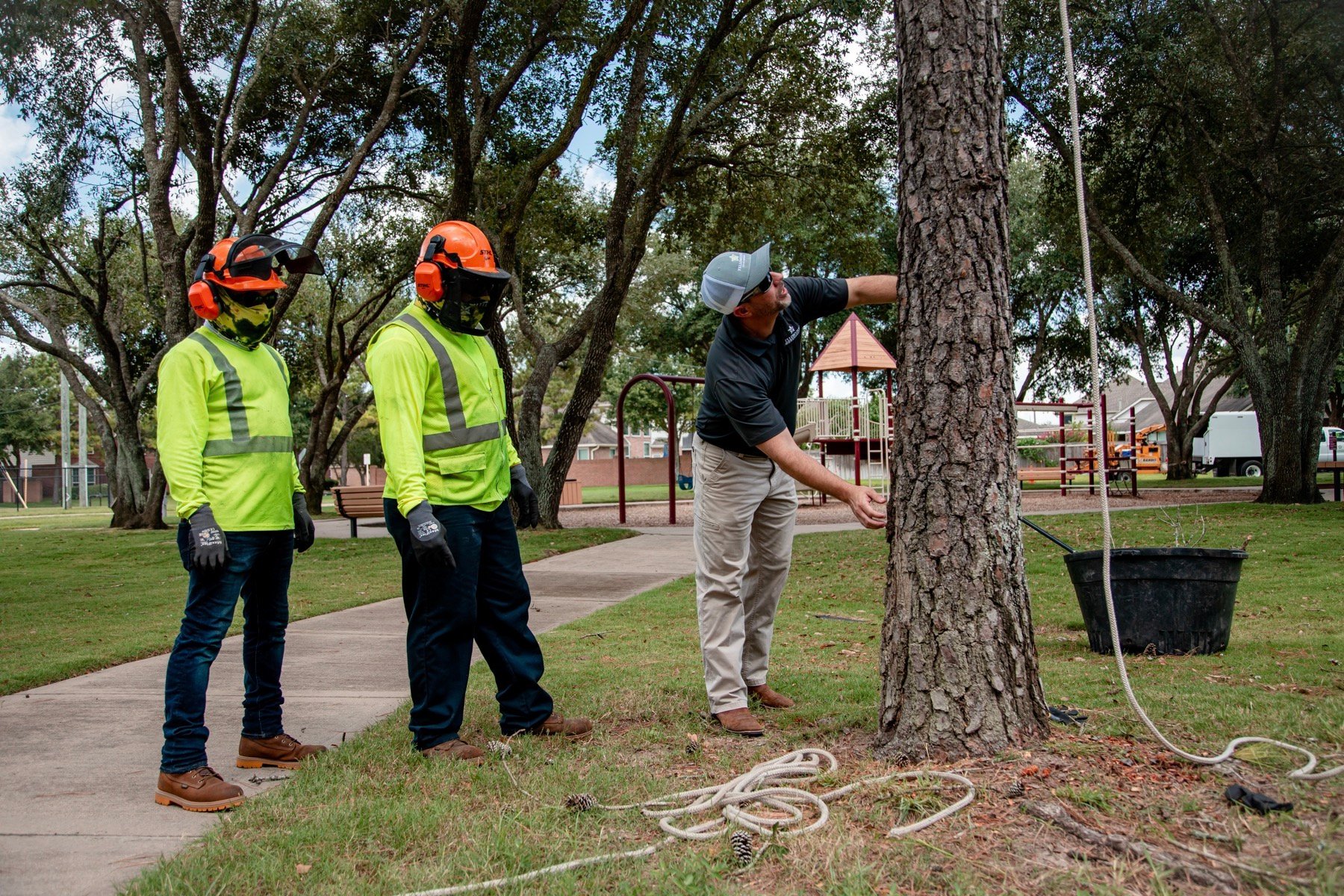If you wait until a storm is approaching to start preparing your property’s commercial landscape, it’s likely already too late.
The fact is, across the country, storms are always a potential threat. Of course, in some areas, they’re more likely than others. Many of the markets that we work in have some sort of storm type they need to keep on their radar. Arizona has monsoons, our coastal states have hurricanes, interior locations have tornadoes, the Carolinas and mountainous areas in the West get ice storms—and so on.
If you live in an area that commonly sees severe weather threats, then properly preparing your commercial landscape for storms is imperative. Don’t assume this will be the year it will pass over. You never want to be stuck reacting at the last minute.
Assume the storms are coming—and be proactive.
At Yellowstone Landscape, we take storm preparedness seriously. We’re sharing some of the tips that we implement to prepare commercial landscapes for storms. And we’re not just talking about preparedness when a storm is imminent. In fact, some of these tips go all the way back to the planning process when plant material is first installed.
Always thinking ahead, about the future developments that will impact your landscape, will help set you up for success.
1. Ensure the Proper Locations of Trees in the Landscape
When trees are being planted on a commercial landscape, it’s important to keep larger trees away from buildings, homes, power lines, and other structures. By and large, trees are what cause damage during storms. Although a tree may be small now, you have to consider its future height (and future potential for damage).
Therefore, it’s important to avoid planting large trees in places where they can cause harm.
Instead, plant smaller trees and shrubs around structures, which aren’t going to be destructive if they fall. Every region will have different options, but in the South, small trees like Crape Myrtles and Holly or shrubs like Knockout Rises, Lantana, and Viburnum are some options to consider.
2. Plant Wind-Resistant Tree Varieties
It’s also quite beneficial to choose wind-resistant trees when thinking ahead about keeping your commercial property storm safe. Research conducted by the University of Florida found that sand live oaks are the most resistant to wind damage. Other wind-resistant choices included Southern Magnolia, Bald Cypress, Crape Myrtle, and Sabal Palm. The research indicated that these varieties were less likely to lose limbs or blow over during a hurricane.
Some of the least wind-resistant trees were the Water Oak, Laurel Oak, Sand Pine, and Chinese Elm.
Of course, proper planting is just as important as plant selection. You might choose a wind-resistant variety but if it’s installed improperly, it could undermine the sturdiness. Also keep in mind that there is no entirely wind-proof tree. Even the most wind-resistant trees may not be able to stand up (literally) to a hurricane. You’ll reduce your odds of damage, but bear in mind there are no guarantees when going head-to-head with Mother Nature. 
Even if choosing wind-resistant trees, ideally, you should still follow the advice in tip number 1 above, and plant tall trees away from structures.
3. Plant Trees in Groups to Create Wind Resistance
When it comes to enhancing wind resistance, it also helps to plant trees in groups. A general rule of thumb is to have a group of at least 5 trees. This allows the trees to act as a buffer to one another.
The tree grouping also helps protect other nearby plants found in the landscape.
This strategy is particularly helpful for smaller trees that won’t get as thick or develop a strong root system. Smaller trees that stand alone are more likely to be uprooted than those planted in a group.
4. Prune for Regular Maintenance and Protection
Of course, you may be well beyond the planting stage and dealing with trees that are already established on your commercial property.
Your best line of defense against storm damage is regular pruning. During pruning, your tree care professional will remove any decaying or dying limbs that could possibly become flying debris during a storm. This is an essential step in preventing all sorts of safety risks and problems, but especially important before a storm.
By properly shaping through pruning, it can also help the tree to become more wind resistant. Trees can be pruned and thinned to give them a lower center of gravity and to lessen their leaf mass. When they aren’t as top heavy, they are less likely to be brought over by a powerful wind.
5. Cable and Brace New Trees and Remove Trees that Can’t be Saved
As you prepare your commercial landscape for storms, you might also need a tree care professional to perform an assessment of the trees you have on your property for some customized planning. Pruning might not always be enough to protect them. 
For instance, if you have any newly planted trees that are just being established, then you might need to have them professionally cabled and braced. This is a preventative technique intended to support a tree with poor or weak structure, such as a brand-new one. Cabling and bracing are also commonly used to reduce stress damage on your tree from high winds or the weight of ice or snow.
On the other hand, if you have trees that cannot be saved or are dying, it might be better to have them removed before they can even have the opportunity to be impacted by a storm.
The key to all of this is being proactive. Before a storm, we sometimes receive panicked calls from properties that don’t feel well prepared. We’re always here to help whenever we can, but at this point, it may be too late to try and perform pruning, cabling and bracing, or removal. It’s so important to think about these things ahead of time so that you have ample time to have tree care services scheduled.
As we mentioned early on, if you’re in an area prone to storms, assume they’re going to happen. When you have this mindset, you’re set up to be proactive as opposed to reactive.
6. When a Storm is Imminent, Be Ready
While being prepared definitely means a lot of advanced planning. There are also some things you should do when a storm is actually coming. These should be part of your emergency plan.
For instance, you should move or secure objects which can become flying debris and cause damage. You should also think about turning your irrigation system off during a storm.
It’s important that it’s clearly communicated in advance of a storm “who is responsible for what.” If you are a property manager for a commercial property, will you be the one to bring flying debris inside a garage, or will your landscape provider handle that?
These decisions are typically made on a case-by-case basis but it’s so important that this information is communicated in advance. You should never be scrambling at the last minute wondering who is handling what. Miscommunication like that can lead to damage which could have been prevented.
Choosing a Landscaper to Prepare your Commercial Landscape for a Storm
When it comes to ensuring that your commercial landscape is prepared to withstand storms, a strong partnership with the right commercial landscape company will make a huge difference. Some responsibilities will be yours while others will be that of your landscape provider, and having all of that well-communicated upfront will be key.
At Yellowstone Landscape, we are always available to be a resource. We want you to feel confident that you’re fully prepared.
While storms are going to happen, the better prepared you are, the better you and your landscape will fare. We take our part of that responsibility seriously. Whether it’s proper tree installation that keeps storm readiness in mind, or it’s pruning or tree removal in advance of a storm, we want our clients to know they can count on us.
Don’t be caught unprepared!
If you make a wise choice in commercial landscape companies and find one that understands the value of being proactive, you’ll be ready. It’s about peace of mind. When you find the right commercial landscape provider, you’ll be able to feel confident you’re in good hands.
Are you ready to feel confident that your commercial landscaping company will help you properly prepare for a storm? Request a consultation today. We’ll meet to learn more about your property and its challenges and come up with a comprehensive plan to take care of all of the details for you.


